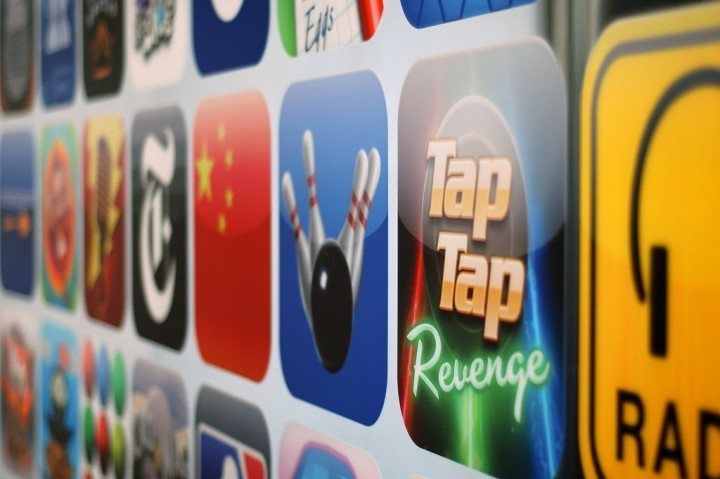techinasia.com
Businesses are striving to reach far and wide, and mobile apps are becoming their best friends. As internet penetration reaches impressive heights almost everywhere in the world, so has the availability of cheap smartphones. Smartphones and tablets these days have capabilities comparable to personal computers on various fonts.
The rate at which different industries are implementing mobile apps is indicative of the boom that the mobile app industry is currently experiencing. For big enterprises, the cost of building an app is not an issue. However, for budding companies and startups, it is a huge factor for consideration, and oftentimes makes or breaks a deal.
The cost businesses incur in building a mobile app will ultimately decide whether you plan to offer your app to users for free or charge a fixed price for it. According to Distimo, an app marketing consultant, the average price of mobile apps and games has gone down by 28%. The revenue generated by the freemium apps, however, has increased approximately 10 times.
There are several facets of app development that can decide the price for your app. Amount of man-hours, purchase of any third-party license, testing costs and marketing costs are some aspects that determine the overall cost of development. After these costs are calculated, you can set the price of your app.
However, at times, things are not that simple. Charging upfront for an app may deter the users from downloading it as they are not aware of its capabilities and unique features. Another way, for example, would be to offer a free lite version and a paid full version. Depending on the type of app and who the end users are, you can zero-in on a way to fix the app’s price.
How much should I charge for an app?
There are multiple ways to determine what one should charge for an app.
A comparative analysis can give better insights and help you settle on the price in a logical manner. You can look for at the rates of similar apps in the same category and look at what else you bring to the table. The category of your app plays an important role in app pricing. For an instance, utility apps are often in an accepted range of $3 to $5.
Users would definitely like to have their apps for free. But don’t be afraid to offer your app at a price if it is really complex and advanced. In this case however, your app should look polished and have some groundbreaking features. Failing to meet user expectations will lead to negative user reviews and would be detrimental to the app’s future prospects.
Factors that determine the price of your app
In-app purchases
According to surveys, in-app purchases account for 80% of the revenue that apps earn. If you plan to offer in-app purchases to your users, you might like to offer your app for free. If your app’s content is good, users will be hooked. You can then offer premium content or virtual merchandise through in-app purchases.
Freemium models
This is another model that you might like to give a shot. This model is for those who are developing a lighter version of the app along with the full version. The lighter version is available in the app store for free, while the full version is offered at a price.
The advantage of implementing such a model is that the users have the option to get either one, and if they like the free version, the chances of them downloading the paid app increases.
Advertisements
Advertisements have emerged as one of the most popular ways of making money from apps. However, your app needs to have a good number of users before you get third party cost-per-impression ads. If you plan to use advertisements as a source of revenue, you should not any charge any upfront cost for the app.
Target customers
The group of users that you are targeting through your app will ultimately pay for the app. Hence, you must be clear about their willingness to pay by conducting surveys or looking at market trends. It might be possible that they prefer their app to be free initially, but are ready to pay once they like it.
App stores take a cut of the revenue
Another factor to keep in mind is the app store’s cut from the sale of an app. App stores take a cut from the price at which a paid app is sold. For free apps, app stores may claim a share in revenue generated through in-app purchases and advertisements.
Selective pricing
In the case of a freemium app or a free app that offers in-app purchase, the content should be selected based on merit, its chance of acceptance, and its popularity. In the case of a content based app, offline accessibility of premium content can be sold for a price.
Cost of development
The cost that you have incurred in app development, including remuneration paid to the developers, marketing personnel, and infrastructure cost are also key factors to keep in mind to determine the price of the app.
How you price your app goes a long way in deciding the prospects of your app. There are examples of paid apps that have been successful and widely accepted, but there are numerous others that have failed.
One thing to keep in mind is that people love to have things for free, but once they get used to something good, they are often ready to pay for it. Go through each and every aspect of mobile app pricing before making the final call. So go ahead and explore what works best for you.

No comments:
Post a Comment